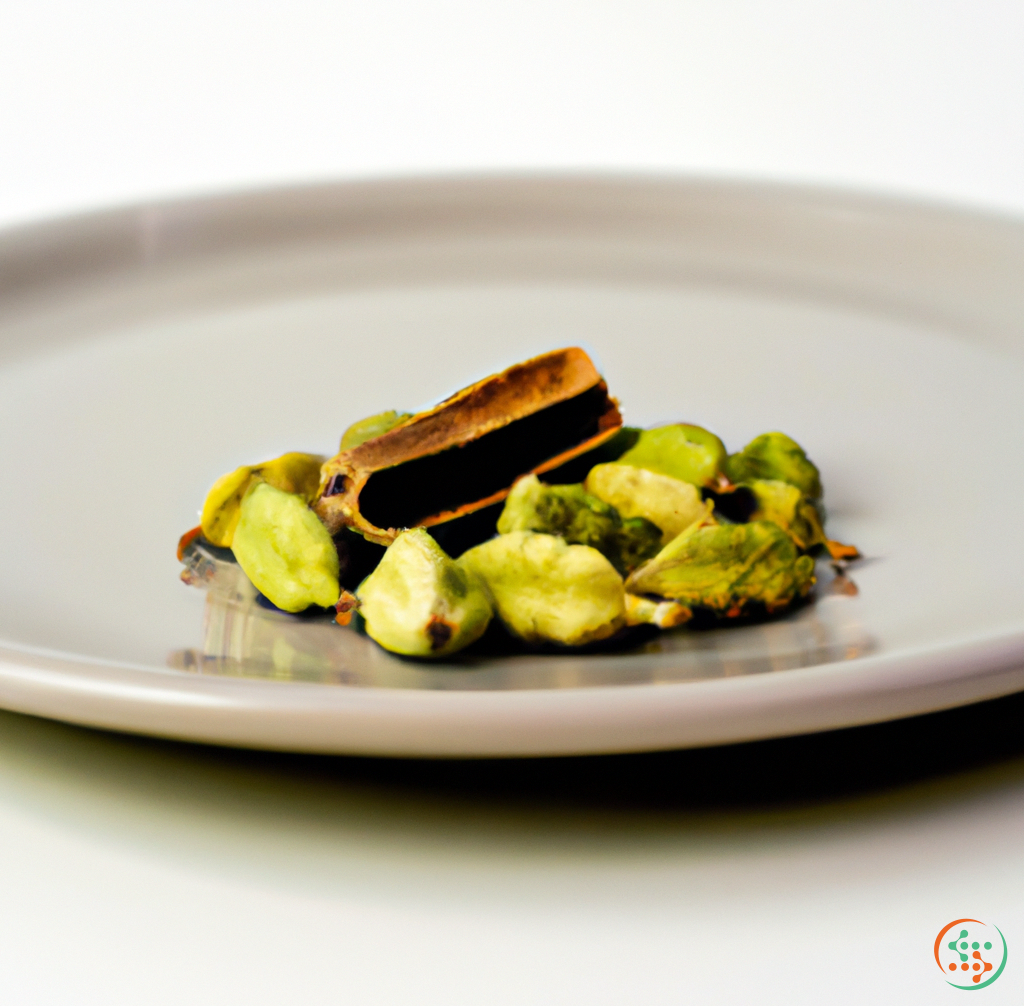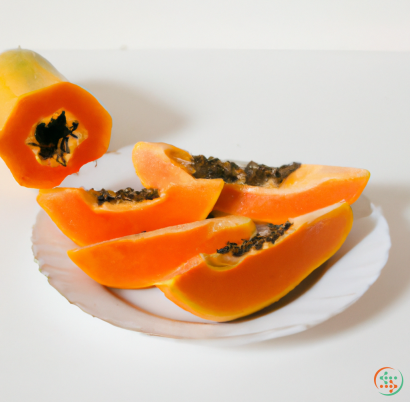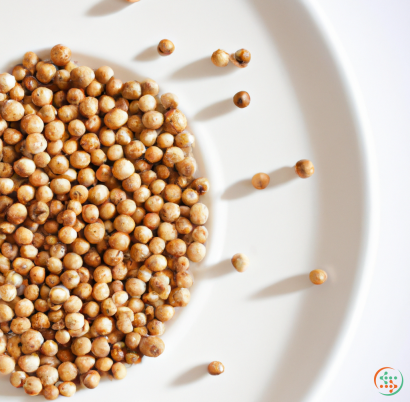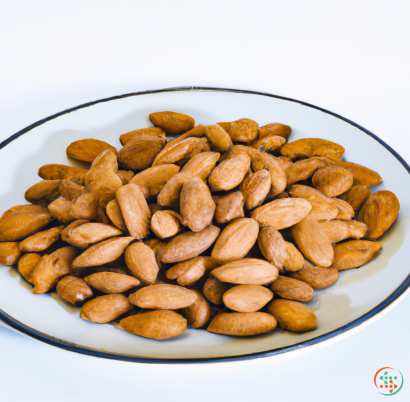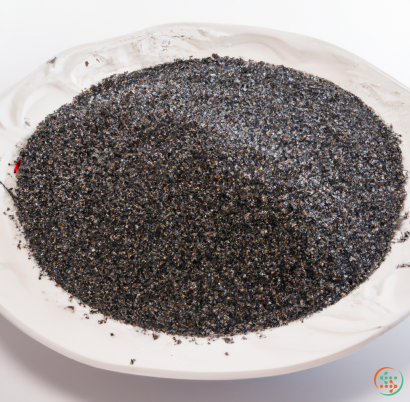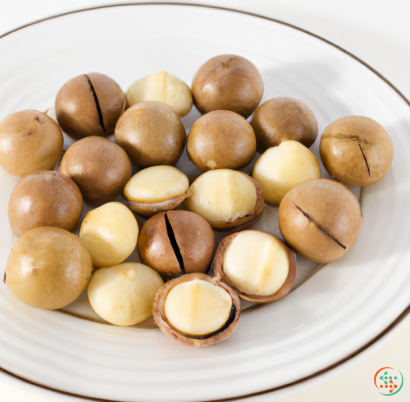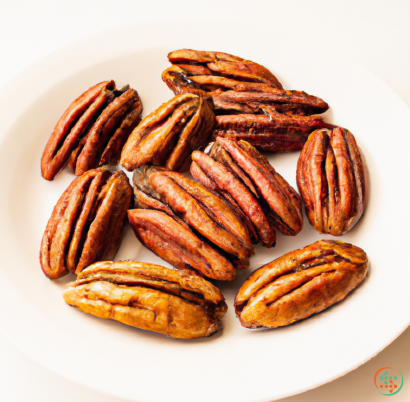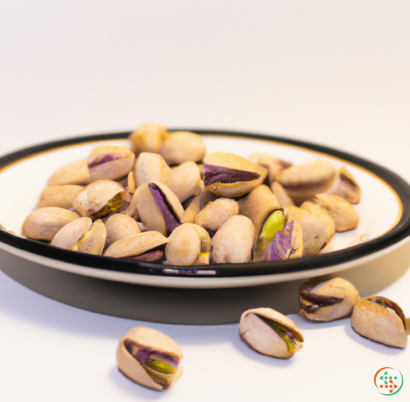Cardamom
Cardamom is an aromatic plant of the ginger family, grown widely in India and used extensively in cooking throughout South Asia, but it is also becoming increasingly popular in other parts of the world. The plant itself grows as a woody perennial and can reach up to sixteen feet in height. It has long, thin stems, and small, oval-shaped leaves with a light green color. It produces small, brown seed pods that contain the cardamom seeds, which are dark brown in color and have a more intense flavor.
Cardamom has a highly distinctive aroma and flavor, one of the most intense of any of the spices. It has a pleasant sweetness without the bitterness of some other spices, making it ideal for adding complexity to both sweet and savory dishes. While the specific flavor of cardamom varies depending on the type you use, it is generally described as sweet, warm and spicy, with a slightly pungent, resinous note and citrus zest.
Cardamom is one of the most expensive spices on the market due to its labor-intensive harvesting process. The pods must be painstakingly hand-picked when they are mature and just beginning to turn brown in order to retain the maximum amount of flavor and aroma. The pods are dried, then split open to release the tiny dark brown seeds inside. These seeds are then ground into powder, providing the most intense flavor and aroma.
The use of cardamom in cuisine is varied and long-standing, with evidence that it was used in ancient India as far back as 4,000 BC. Today, it is widely used in both savory and sweet dishes in India, Pakistan, Sri Lanka, the Middle East and much of Northern Africa, and is gaining popularity in Europe and North America.
In Indian and Pakistani cuisine, cardamom is most commonly used in the form of garam masala. It is a blend of spices, including cardamom, cinnamon, cumin, nutmeg, cloves and peppercorns, that is used to give dishes a warm, comforting spiciness. Cardamom is also used in many sweet dishes like kheer and halva, as well as the South Indian dish rasam.
In the Middle East, cardamom is a common ingredient in coffee, infusing it with a fragrant, sweet flavor. In Turkey, cardamom is commonly used in baking, and in Egypt it is used in traditional sweet treats like baklava and beghrir, a kind of fluffy pancake.
In traditional European cuisine, cardamom is mostly used in baking. It is often added to cookies, cakes, and pastries, providing depth and spicy notes that balance out the sweetness. In Scandinavian cooking, it is used to flavor sausage and herbal liqueurs, and it is even part of the traditional mulled wine blend, gløgg.
In the U.S. and Canada, cardamom is being used more and more in both sweet and savory cooking, adding a unique layer of complexity to dishes. It pairs particularly well with spices like cinnamon, nutmeg, allspice, and vanilla, and can be used in almost any dish to provide a warm, sweet, and spicy flavor.
Whether you are cooking up a classic Indian or Middle Eastern dish or experimenting with cardamom in your own cuisine, it is sure to be a welcome addition. Just a bit of this aromatic spice will bring any dish to life, adding complexity and nuance that you won’t get from any other spice. So go ahead, be bold and experiment with cardamom – you won't regret it."
Cardamom: From Seed to Plate
If you love the taste of cardamom, you’re not alone. This spice has been used in everything from Scandinavian pastries to Middle Eastern curries for centuries. It’s a diverse ingredient that adds flavor and aroma to almost any dish, and its popularity shows no sign of slowing down. But have you ever wondered how this ancient spice makes its way from the farm to your dinner plate? In this article, we’ll take a look at the interesting journey of cardamom, from seed to plate.
What is Cardamom?
Cardamom is a genus of flowering plants native to southeastern Asia. Most of the world’s cardamom is produced in India and Guatemala. The plant itself is a perennial shrub that produces green pods containing small, dark seeds. These seeds are the source of cardamom’s characteristic flavor and aroma, and are often sold in stores as ground cardamom or whole cardamom pods.
Harvesting and Processing Cardamom
Harvesting cardamom is not an easy task. The cardamom plants produce separately ripening pods that can’t all be harvested at once. Instead, they must be cleared and replanted every few years, usually in large groves. The pods are then handpicked by skilled laborers. These pickers must carefully remove the pods, which can take days to complete. By the time the pods are finished collecting, the farmers are usually exhausted and sore.
Once the pods have been collected, they are then moved to the processing centers to be cleaned and dried before being turned into ground cardamom and cardamom pods. First, the pods are mechanically processed to remove their outer husks and any debris attached to them. They are then washed to remove any soil and dried in the sun or with machines. Afterward, the pods are opened, and the seeds are extracted. The seeds are then ground using a milling machine to produce a powder. They may also be used whole to create cardamom pods.
Transporting and Packaging
Once the cardamom has been processed, it is ready to be shipped to market. Typically, cardamom is shipped to port cities in large double-walled bags and loaded onto cargo ships bound for destinations like the United States and Europe. During the journey, the cardamom must be monitored carefully to ensure it remains in the optimal temperature and humidity range.
After the cardamom has reached its destination, it undergoes one more processing step: packaging. This process is necessary because the spice is highly susceptible to dehydration and oxidation, meaning it does not last long if not packaged and stored properly. To protect the cardamom, manufacturers tightly seal bags or containers to preserve its freshness.
Delivering Cardamom from the Grocery Store to Your Home
Now that the cardamom has been processed and packaged, it’s time to ship it to the grocery store. Depending on the location, this may be done by air, land, or sea. The cardamom is usually delivered to the store in large palettes of boxes. Store staff then unpack the cardamom and place it on the shelves, ready for customers to purchase.
When a customer decides to buy cardamom, they can either buy whole cardamom pods or pre-ground cardamom powder. If they opt for the pre-ground option, they can also purchase cardamom in pre-measured containers, like tablespoons and teaspoons. When purchasing cardamom, it is important to note the expiration date. Past that date, the cardamom may have lost some of its flavor and aroma.
From Grocery Store to Home
After purchasing cardamom, customers transport it back home. At home, the cardamom can be stored in the pantry away from heat, light and moisture. If storing it in the cupboard, it should be placed in an airtight container. To ensure its freshness and potency, cardamom should also be replaced periodically.
Using Cardamom in the Kitchen
Finally, it’s time to use the cardamom in the kitchen. Cardamom is often used to add flavor to hot beverages, like tea and coffee, or baked goods like cakes, cookies and pies. It can also be used to spice up savory dishes like rice, curries and even dals. For those who want a more nuanced flavor, cardamom can be combined with other spices like cinnamon, cloves and nutmeg.
When measuring cardamom, it is often done by weight. One teaspoon of ground cardamom is equal to three grams. Whole cardamom pods should also be measured by weight, with one teaspoon equal to six grams. Once the cardamom is measured, it can be added to the dish and cooked or simmered.
Conclusion
So there you have it: a look at the long and fascinating journey of cardamom - from seed to plate. Cardamom is an ancient spice that is still popular today, but its journey from seed to plate is just as important as the flavor it adds. Now that you know where cardamom comes from and how it is used, why not experiment with it in the kitchen and discover its many wonderful flavors and aromas for yourself?
| Vitamin C | 0.021 grams | |
| Vitamin B1 | 0.2 mg | |
| Vitamin B2 | 0.18 mg | |
| Vitamin B3 | 0.0011 grams | |
| Vitamin B6 | 0.23 mg |
| Calcium | 0.383 grams |
Daily Value 1.3 g
|
| Iron | 0.01397 grams |
Daily Value 0.018 g
|
| Magnesium | 0.229 grams |
Daily Value 0.4 g
|
| Phosphorus | 0.178 grams |
Daily Value 1.25 g
|
| Potassium | 1.119 grams |
Daily Value 4.7 g
|
| Sodium | 0.018 grams |
Daily Value 2.3 g
|
| Zinc | 0.00747 grams |
Daily Value 0.011 g
|
| Copper | 0.38 mg |
Daily Value 0.9 mg
|
| Manganese | 0.028 grams |
Daily Value 0.0023 g
|
| Total Sugars | 0.131141 grams |
per 100g
|
| Myristic acid (14:0) | 0.03 grams |
|
| Palmitic acid (16:0) | 0.57 grams |
|
| Stearic acid (18:0) | 0.06 grams |
|
| Total Saturated fatty acids: | 0.66 g | |
| Oleic acid (18:1) | 0.85 grams |
|
| Palmitoleic acid (16:1) | 0.02 grams |
|
| Total Monounsaturated fatty acids: | 0.87 g | |
| Linolenic acid (18:3) | 0.12 grams |
|
| Linoleic acid (18:2) | 0.31 grams |
|
| Total Polyunsaturated fatty acids: | 0.43 g | |
| Phytosterols | 0.05 grams |
|
| Total Sterols: | 0.05 g | |
